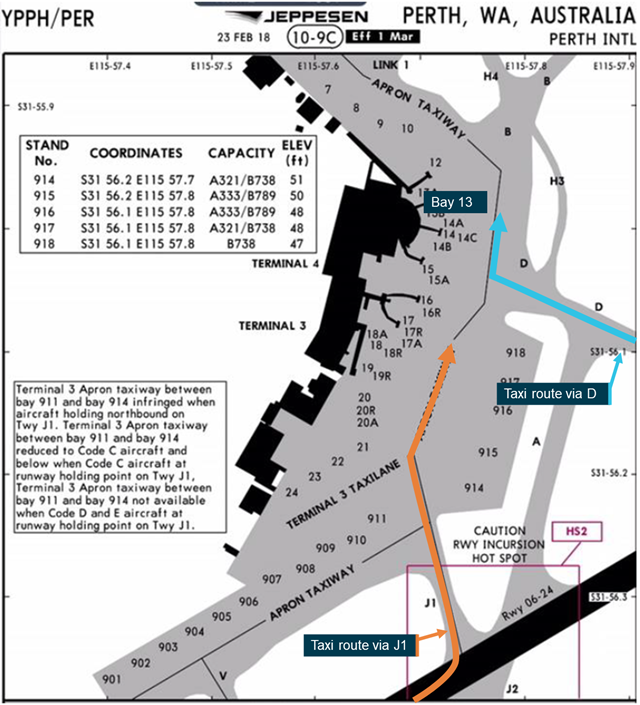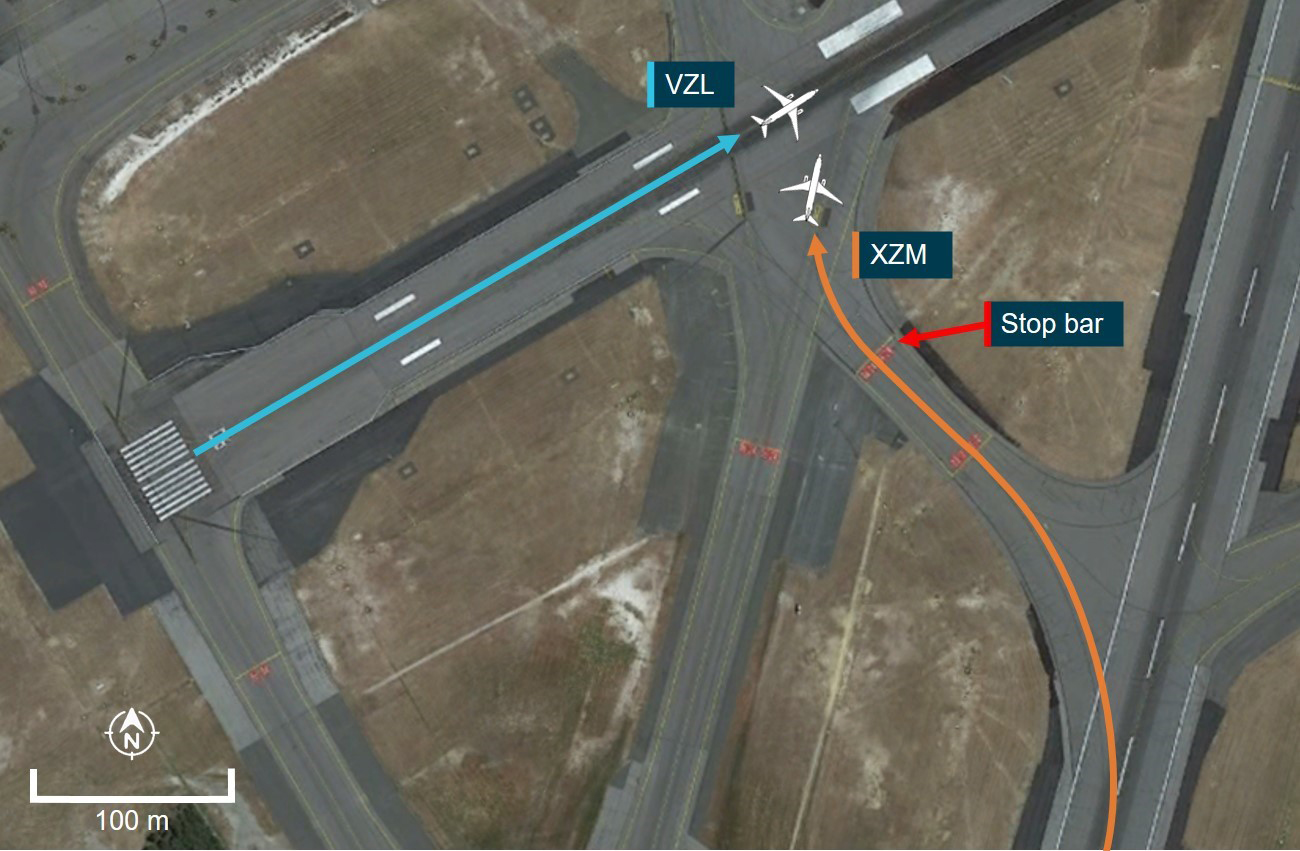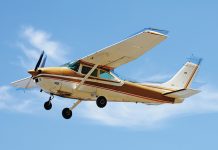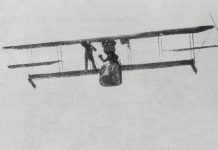A runway incursion at Perth Airport reveals how easily the delicate equilibrium of forces, factors and fallibility behind safe operations can be upset
It’s no surprise the captain of the Qantas Boeing 737 that almost crossed in front of another Qantas aircraft on take-off made this mistake—someone was going to someday. The Australian Transport Safety Bureau’s (ATSB) extensive report into the incident makes it clear that this unsettling episode involved much more than human error.
The report summarises: ‘On 28 April 2018, a Qantas Boeing 737 (VH-XZM) landed on runway 03 at Perth, Western Australia. The aircraft exited the runway onto taxiway J2, which led to a holding point for crossing runway 06. The aircraft did not stop at the holding point and crossed an illuminated stop bar without an air traffic control clearance.
‘At that time, a second Qantas Boeing 737 (VH-VZL) had commenced take-off from runway 06. An automated warning alerted the aerodrome controller (ADC) of the stop bar violation and the controller issued an instruction for the departing 737 to stop immediately. Soon after, the flight crew of VH‑XZM became aware of their position and stopped just before crossing the edge of runway 06. VH-VZL’s wingtip passed about 15 m from VH-XZM’s nose at low speed.’
The puzzling thing, disrupting the popular idea that error is always linked to carelessness, is that the crew of the landing aircraft, XZM, did many things right. Before take-off from Sydney, they noted the newly installed stop bars at Perth Airport. The first officer, who was pilot-flying, gave a thorough and detailed pre-approach briefing.
However, the briefing used the apron chart, rather than the full airport chart, and from this, as far as can be known, came a mistaken idea in the captain’s mind: that their taxiway would be J1, leading straight to the terminal. For runway 06 this is true, but aircraft landing on the longer runway 03 have to cross runway 06, using taxiway J2, which leads on to J1. The apron chart does not show this. The junction of J2 and runway 06 was a known runway incursion hotspot but this was not included in the first officer’s briefing.

Their approach to runway 03 was a little more hurried than normal, with ATC requesting a high-speed approach to accommodate an aircraft a few miles behind. The captain focused on monitoring the first officer’s performance and, amid this concentration, forgot to request their preferred taxiway D, which leads directly from near the far end of runway 03 to the western terminal. The captain forgot to set the radio to Perth ground frequency, a very minor omission, in the usual course of events, admittedly.
After landing the captain took over from the first officer and, realising they had not requested taxiway D, braked firmly to leave the runway on taxiway J2. In the tower, the surface movement controller noted the landing XZM on taxiway J2 and, expecting it to stop, turned attention to another aircraft. About the same time the first officer, who was expecting the captain to stop at the stop bar, realised the Perth ground frequency had not been set and looked down to select it. The aircraft was taxiing slowly by now and the first officer was expecting the captain to stop.
The captain saw the stop bar but, believing the aircraft was on taxiway J1, rationalised that its red light was not meant for them, or that it had been put in the wrong place. Here was a textbook case of confirmation bias—the human tendency to disregard facts that don’t fit our mental picture of the situation. As organisational psychologist Karl Weick pithily says, ‘Believing is seeing’.
Suddenly, several things happened almost at once: XZM crossed the illuminated stop bar which was the runway 06 holding point, an incursion alarm went off in the tower and the captain of the other 737 aborted their take-off, simultaneous with a ‘stop’ command from the tower. The crew of XZM, having changed to Perth ground (surface movement control) frequency, did not hear anything of this in their headsets before they saw the other aircraft and stopped to avoid it.
The ATSB report looked up and out, beyond the captain’s error. It found the location and design of taxiway J2 significantly increased the risk of a runway incursion on runway 06 (or its reciprocal runway 24) for aircraft landing on runway 03. Its shallow intersection angle and wide radius where it met runway 03 led to it being used at quite high speeds, although it was not a designated rapid-exit taxiway. This was an undesirable combination with its next intersection being with a runway, and with this intersection being relatively complicated. A stop bar mitigated this somewhat but, like a traffic light, a stop bar requires fully correct response 100 per cent of the time. Such perfection is inconsistent with human nature.
In response, Qantas put out a safety information notice to crews and Airservices Australia changed its settings for better automated tower alerts. But the main change to come from the incident was that Airservices Australia closed taxiway J2 and Perth Airport removed it from aerodrome charts. The captain of VH-XZM may, inadvertently, have done Australian aviation safety a favour.





